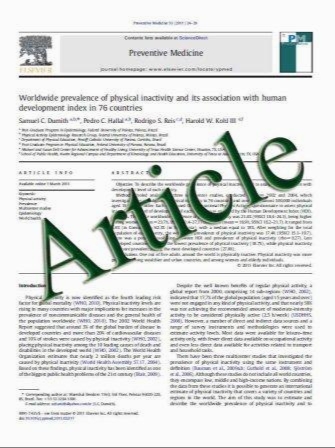A 10-year follow-up of treatment outcomes in patients with early stage breast cancer and clinically negative axillary nodes treated with tangential breast irradiation following sentinel lymph node dissection or axillary clearance
- نوع فایل : کتاب
- زبان : انگلیسی
- مؤلف : A. Gabriella Wernicke Robert L. Goodman Bruce C. Turner Lydia T. Komarnicky Walter J. Curran Paul J. Christos Imraan Khan Katherine Vand
- چاپ و سال / کشور: 2010
Description
We compare long-term outcomes in patients with node negative early stage breast cancer treated with breast radiotherapy (RT) without the axillary RT field after sentinel lymph node dissection (SLND) or axillary lymph node dissection (ALND). We hypothesize that though tangential RT was delivered to the breast tissue, it at least partially sterilized occult axillary nodal metastases thus providing low nodal failure rates. Between 1995 and 2001, 265 patients with AJCC stages I–II breast cancer were treated with lumpectomy and either SLND (cohort SLND) or SLND and ALND (cohort ALND). Median follow-up was 9.9 years (range 8.3–15.3 years). RT was administered to the whole breast to the median dose of 48.2 Gy (range 46.0–50.4 Gy) plus boost without axillary RT. Chi-square tests were employed in comparing outcomes of two groups for axillary and supraclavicular failure rates, ipsilateral in-breast tumor recurrence (IBTR), distant metastases (DM), and chronic complications. Progression-free survival (PFS) was compared using log-rank test. There were 136/265 (51%) and 129/265 (49%) patients in the SLND and ALND cohorts, respectively. The median number of axillary lymph nodes assessed was 2 (range 1–5) in cohort SLND and 18 (range 7–36) in cohort ALND (P\0.0001). Incidence of AFR and SFR in both cohorts was 0%. The rates of IBTR and DM in both cohorts were not significantly different. Median PFS in the SLND cohort is 14.6 years and 10-year PFS is 88.2%. Median PFS in the ALND group is 15.0 years and 10-year PFS is 85.7%. At a 10-year follow-up chronic lymphedema occurred in 5/108 (4.6%) and 40/115 (34.8%) in cohorts SLND and ALND, respectively (P = 0.0001). This study provides mature evidence that patients with negative nodes, treated with tangential breast RT and SLND alone, experience low AFR or SFR. Our findings, while awaiting mature long-term data from NSABP B-32, support that in patients with negative axillary nodal status such treatment provides excellent long-term cure rates while avoiding morbidities associated with ALND or addition of axillary RT field.
Breast Cancer Res Treat (2011) 125:893–902 DOI 10.1007/s10549-010-1167-6 Received: 6 August 2010 / Accepted: 3 September 2010 / Published online: 19 September 2010


